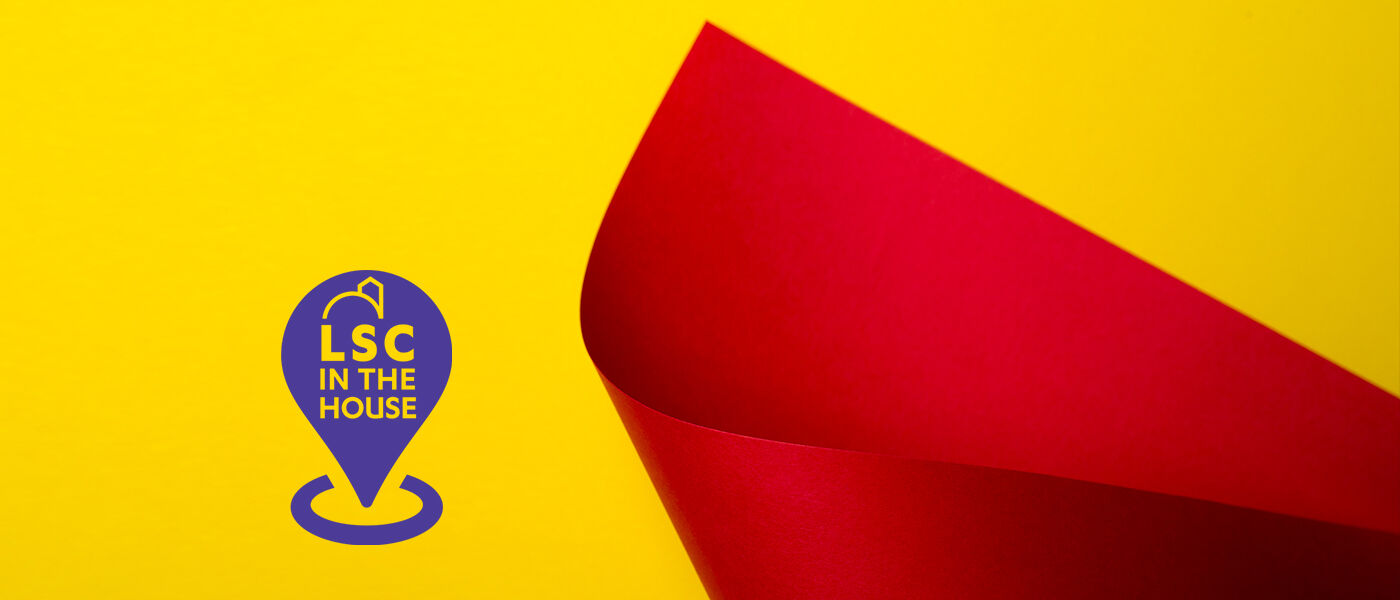Super Strong Shapes
Activity Time: 30 minutes
Recommended Grades: Pre-K - 2
Objective: How strong is a sheet of paper? Investigate how the shape of an object affects its properties in this experiment.

- Three pieces of paper
- Tape
- A stack of books

- Observe and describe a sheet of paper. What are its properties, or characteristics? Is it thin or thick? Smooth or rough? Weak or strong?
- Do you predict a sheet of paper can hold a book up off the table? Why? Test your prediction by standing a sheet of paper on its side and placing a book on top of it. What happens?
- What do you think we could do to make the sheet of paper stronger? Let’s experiment with changing its shape!
- First, let’s create a cylinder. Place your sheet of paper flat on the table. Bring the two short sides together to meet in the shape of a cylinder. Tape the edges together.
- Place your cylinder aside for now. Let’s make another structure that stands tall like our cylinder but has an opening shaped like a triangle. Take a new sheet of paper and place it flat on the table. Fold it across into thirds. That means you should actually fold it two times so that it is split into three parts. Tape the edges together.
- Place this triangle column aside for now. Let’s make our last shape, which has an opening in the shape of a square. Take a new sheet of paper and place it flat on the table. Fold it in half so the two short sides meet. Fold this half piece in half again. Open your paper and push the sides together to form the shape of a square. Tape the edges together to make a square column.
- Now that you’ve changed the paper into three different shapes, it’s time to test whether it has become stronger by seeing if it can hold at least one book. Make a prediction: Do you think changing the shape of the paper will affect its strength? Which shape do you think is the strongest? Why?
- Test the strength of your shapes by resting one book at a time on each one. Record your results if you’d like. Which shape supports the most books? Which shape supports the fewest? Why do you think this is?
- Based on the results of your experiment, do you think changing the shape of an object can change its properties?
- Do the tall shapes we made look like anything else you’ve seen before? Think of buildings and other tall structures.
- The tall, upright shapes you made look like columns! Why do you think architects and engineers use columns shaped like cylinders when building tall buildings and bridges?

The shape of an object or structure can affect its properties. As you saw, even though the paper columns are made of the same material, they have different levels of strength because they are different shapes. The cylinder can support the most weight—in this case from books—because its walls don’t have any corners. This means the force of the books is evenly shared across the cylinder. The square and triangle columns carry the weight on their corner spots. These corners are weak and these columns collapse because the weight at their edges is too strong. You can see this happen as they begin to twist and bend right before they fall. Columns are used in all types of architectural designs, both to support structures and for their beauty.
Looking for even more fun with shapes? Check out this video from one of our previous LSC Junior live stream programs, streamed on our Facebook page, and follow along with Mr. Kengo:
